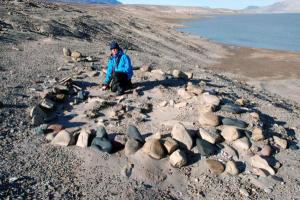Earthquake Details
Magnitude 5.8
Date-Time
* Saturday, October 18, 2008 at 00:54:41 UTC
* Saturday, October 18, 2008 at 10:54:41 AM at epicenter
* Time of Earthquake in other Time Zones
Location 6.951°S, 147.246°E
Depth 87.1 km (54.1 miles)
Region EASTERN NEW GUINEA REG, PAPUA NEW GUINEA
Distances 35 km (20 miles) SE of Lae, New Guinea, PNG
200 km (125 miles) NE of Kerema, New Guinea, PNG
280 km (175 miles) N of PORT MORESBY, Papua New Guinea
2355 km (1460 miles) NNW of BRISBANE, Queensland, Australia
